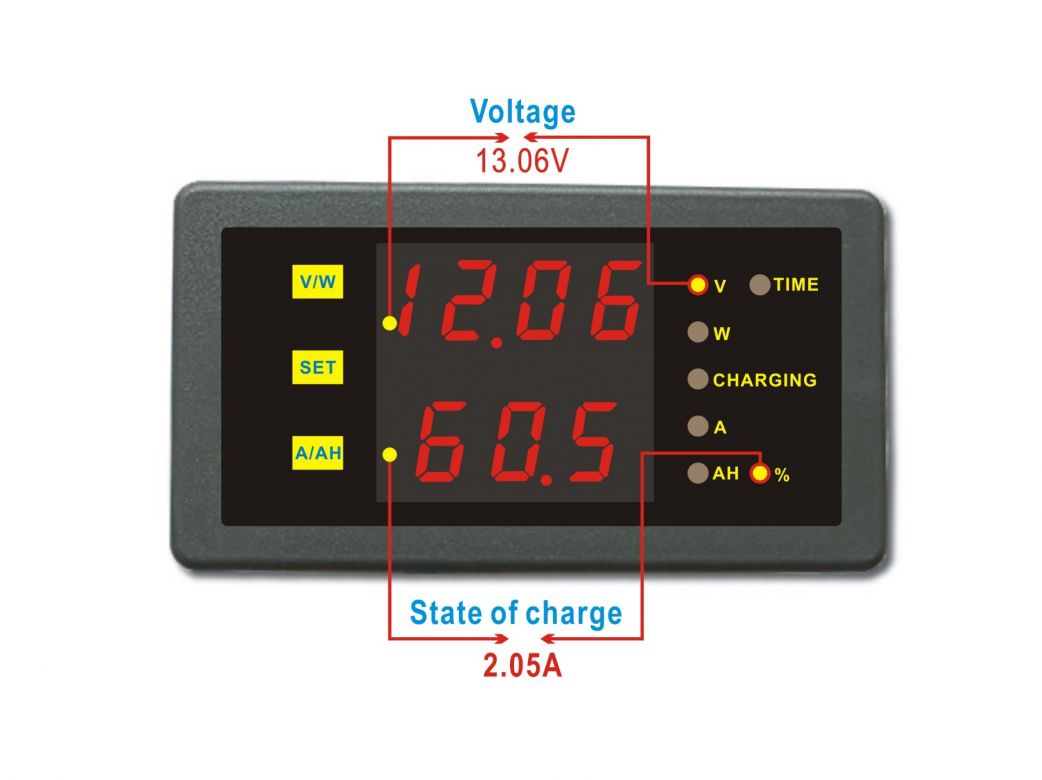But in any case, if I want to work on the LDV, I can only do this in the evening, because I have to work in my regular job during the day. I have now sorted the electricity with putting the leisure battery there and wiring it up, so there is light to work in the evening. But I still did not have any heating. My plan had been to install that refurbished water heater, which I purchased a few years ago, and which runs on plain Diesel fuel. But I have not yet figured out how to safely connect it to the vehicle fuel system, and so the heater is still in its box.
But since I need heating eventually, I decided to remove the blown air heater which I had installed in my Peugeot Expert four years ago. It is gas powered, and seems easy to set up and connect. So in the past few days, as the weather was not too cold, I did undertake this installation.
First I did remove the heater from the previous vehicle. Unscrewed the copper gas line, removed the two pipes which go out to the bottom of the vehicle: one is the air intake, the other is the exhaust output. I unplugged the wiring from the heater, then I could easily take it out.
 |
| The heater, with the cover of the electrics removed. The power and the control cables are already disconnected. |
I placed the heater just before the rear wheel arch. This places it about in the center of the whole "living" area, which seems about right to me. I did place it along the vehicle axis, to ensure that it would not take up too much space. My plan is to have a quite narrow work surface for cooker and sink, because there must also be space for a walk-through way, and on the opposite side will be the enclosed bathroom which may take a bit more space.
Now I had to drill into the floor through the bottom these two holes for the two hoses: the air intake and the exhaust. I started to drill two pilot holes - worked fine, through the floor board and the metal underneath.
 |
| The two pilot holes from the vehicle underneath. |
 |
| The two pilot holes from inside the LDV. I had here already used the circular cutting drill. |
The light air intake hose I attached with some plastic cable binders along the structure which keeps the spare wheel underneath in place. The metal exhaust hose I temporarily attached with bungee cords into location, so that the hot exhaust air does not hit the rear tires which are nearby. I will have to add metal brackets and affix the hoses more permanently, but for now it is OK.
Then I needed to connect the electrical wiring. Was simple. For removing the control unit from the previous vehicle I had to disconnect the unit from the cable, to be able to pull the cable out through where it had been installed. No problem assembling it together again. Electrical power is coming from the leisure battery.
 |
| Wiring at the electronic thermostat controller. I may fiddle with this in the future for creating a remote control switch-on. |
This whole setup is only temporary, as I wanted to see if the heater is working. In the future I will make all of this more permanently, with all copper gas pipes secured to the wall, and with valves for shutting off gas supply. But for now I kept the valves out of the installation and only shut down the gas supply at the gas bottle itself.
Switching on the heater worked immediately fine, and a good warm air came out of the heater. So now no worries about cold nights!
I currently only have a Butan supply, but I will get a Propan gas bottle, so that I can also start heating at lower temperatures. In the final version I want to have the LPG refillable Gaslow container installed, which is currently in the Peugeot Expert. But that one seems to leak gas when being used - I need to bring it into the shop to check int and fix that gas leak which seems to be at the top of the Gaslow bottle valve.
 |
| Heating in operation, fully functional. |

































